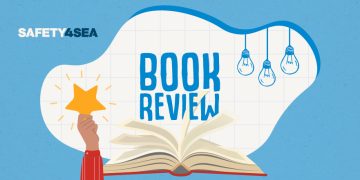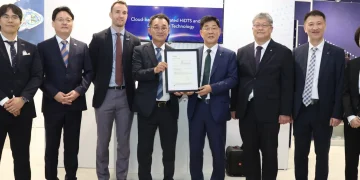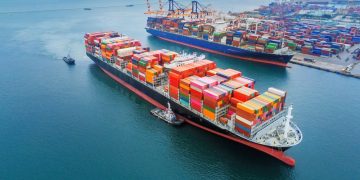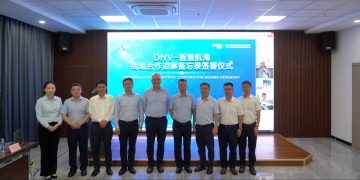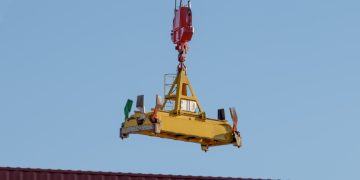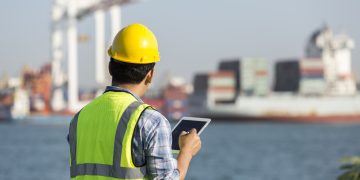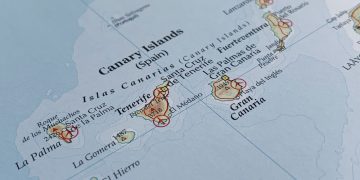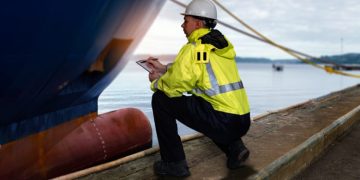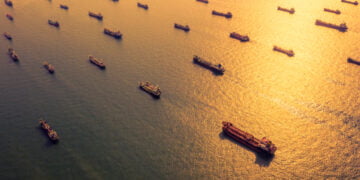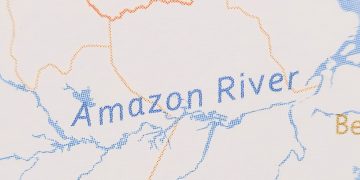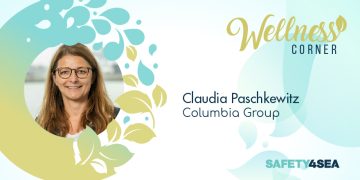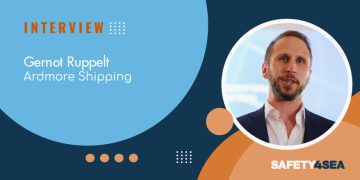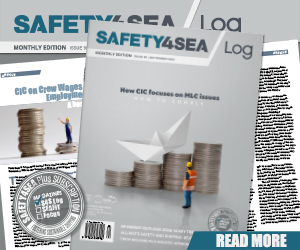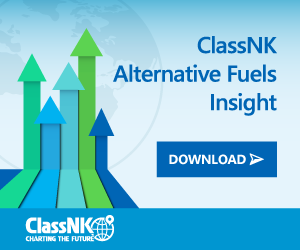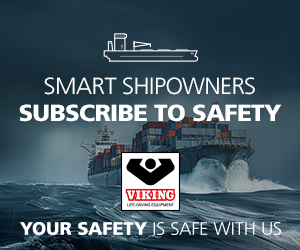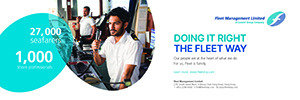Bunker throughput up in Rotterdam
Bunkering rose again for the first time since 2011 in Rotterdam, the biggest bunker port of Europe: 10.6 million tonnes compared to 10.4 in 2013. The whole of the increase is accounted for by marine gas oil and diesel; sales rose from 500,000 to almost 700,000 tonnes. Sales of fuel oil stabilised – after falling for years – at 9.8 million tonnes. In addition, 100,000 tonnes of lubricant were sold. Cleaner shipping Sales of marine gas oil and diesel have risen due to the more stringent sulphur requirements in the Emission Control Areas (ECAs): North Sea, Baltic Sea and the United States coasts. As of 1 January 2015, sulphur emissions in the ECAs may not exceed 0.1%. Marine gas oil and diesel were expected to provide most of the solution. Other possibilities are to use LNG as fuel or to fit so-called scrubbers, but the market is making little use of these options (as yet). Oil prices Market parties waited till the last minute to buy marine gas oil and diesel: sales in December were almost 125,000 tonnes (gas oil and diesel together). Normally, sales are between 45,000 and 50,000 tonnes. The price has now halved and marine gas oil ...
Read more












